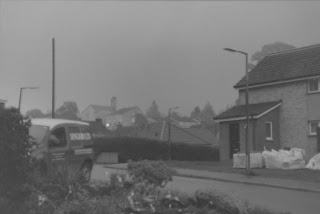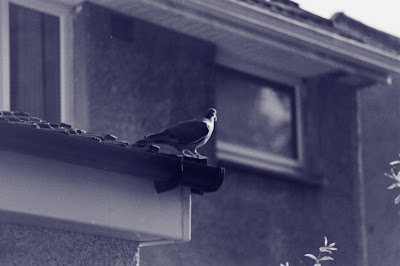I managed to get hold of an Olympus Pen-D at a very reasonable price. I've been checking these out on eBay for a year or two and the prices are usually overinflated for what is a nice but fairly basic camera. The collectors are after them because they form a unique little story in the development of compact cameras in the 50s and 60s. This is the story of half-frame 35mm cameras and the pursuit of these in the Japanese camera industry. Olympus produced a series of these called Olympus Pen cameras over a couple of decades right into the 1980s. I like the Pen-D because it has one of the best lenses in the series, a 6-element F.Zuiko 32mm f/1.9, and, while having an uncoupled meter on board, it doesn't need batteries, especially those mercury ones from the early 60s, as the meter is a selenium type. The meter uses the EV system that I'm used to from my Minolta A5; very handy as you set the aperture and speed rings relatively for the light level and then you can turn then as





